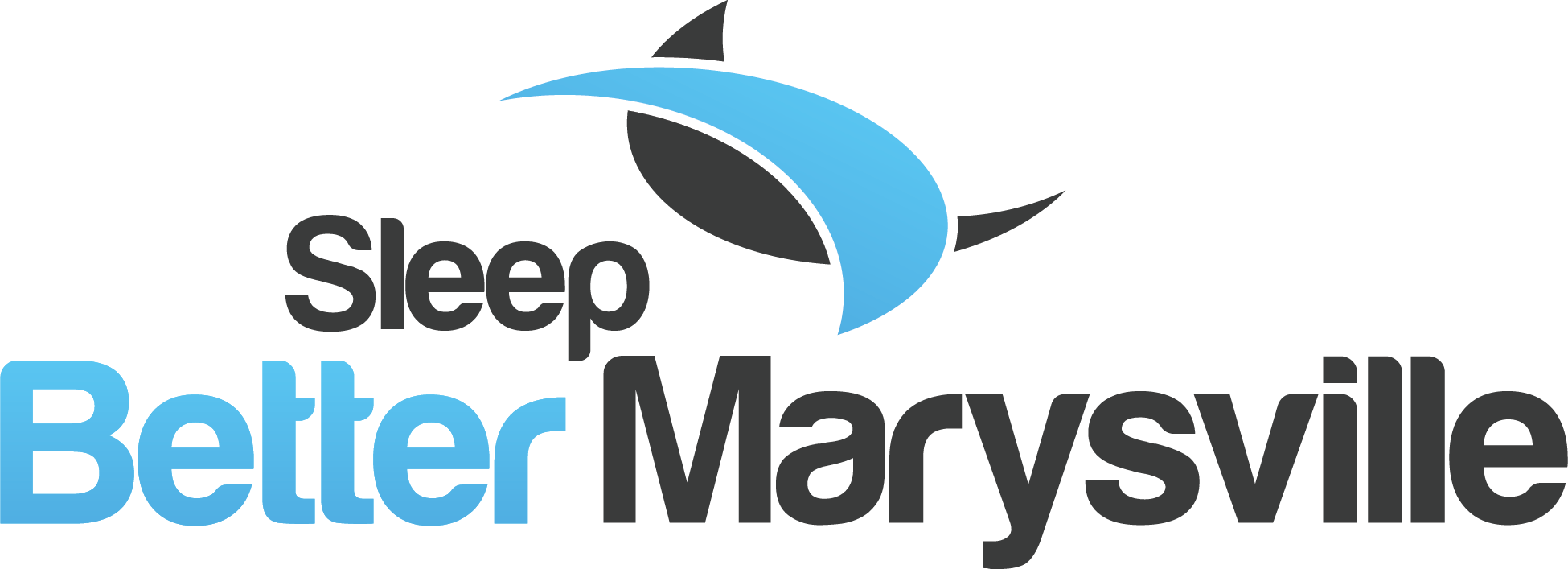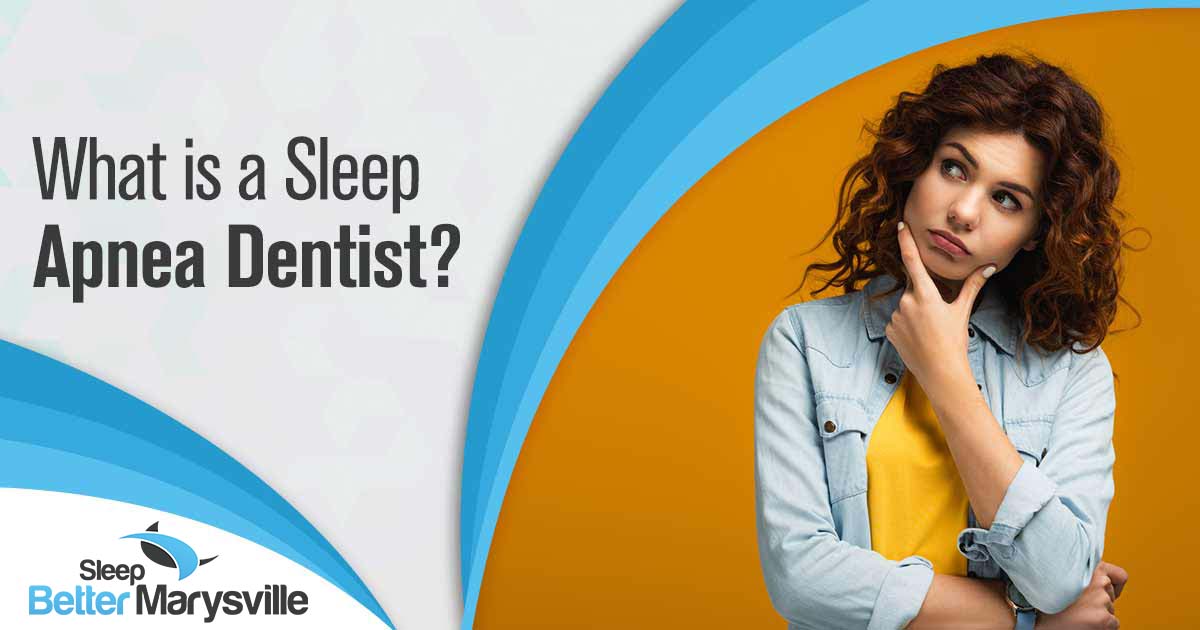A sleep apnea dentist is a regular dentist who is also an expert in Dental Sleep Medicine. These dentists have spent much time studying all elements of sleep apnea dentistry. Sleep apnea dentists focus on using oral appliance therapy to treat sleep-disordered breathing, including obstructive sleep apnea (OSA) and snoring. To identify the best sleep apnea treatment for each patient, sleep apnea dentists work together with sleep physicians.
Are There Oral Signs of Obstructive Sleep Apnea That a Sleep Apnea Dentist Can See
There are many things a sleep apnea dentist might observe in your mouth that can indicate you might suffer from obstructive sleep apnea (OSA). Some of the oral signs of OSA a dentist skilled in sleep apnea dentistry might see include:
- There are visible signs of bruxism or nighttime tooth grinding, such as heavily worn and chipped teeth, dental fillings, and crowns. The correlation between bruxism and sleep apnea is relatively high.
- Large tongue with a high vertical position. If your tongue is more significant than average and at a high position in your mouth, it blocks a portion of your throat and airway. When you lie down at night, you will likely experience a full airway blockage—blocked airways cause brief awakenings and interrupted sleep.
- Acid wear and signs of reflux. Growing evidence is showing a link between OSA and Gastroesophageal Reflux Disease (GERD). When your airway collapses multiple times during sleep, the air pressure of your esophagus changes, which may allow stomach acid to move up and erode the enamel of your teeth. Grinding your teeth in these acidic conditions can rapidly destroy tooth enamel and dentin.
Oral Appliance Therapy from a Sleep Apnea Dentist Is an Effective Treatment Option for Obstructive Sleep Apnea
Oral appliance therapy (OAT) is one of the most commonly used treatment options for obstructive sleep apnea and snoring. It involves a patient with OSA wearing a removable oral appliance, often called a sleep apnea mouthpiece, while sleeping. These dental devices look like a sports mouthguard or an orthodontic retainer but fit more comfortably. These custom-fitted oral appliances provide effective treatment for sleep apnea.
Oral appliances keep your airway open, improving breathing ability and increasing oxygen levels during sleep. Oral appliance therapy (OAT) from a sleep apnea dentist can reduce and eliminate the side effects of sleep apnea. OAT is also more convenient than a loud and bulky CPAP machine.
Oral appliance therapy at our sleep apnea dentist office can reduce and eliminate the side effects of sleep apnea and help alleviate any discomfort associated with TMJ disorders. These are the two most common types of oral appliances used in sleep apnea treatment. They both work to keep tissues and jaw position from obstructing oxygen intake.
What kinds of oral appliances does a sleep apnea dentist use to treat OSA?
There are multiple different types of oral appliances a sleep apnea dentist can use to treat obstructive sleep apnea. Still, the two most common dental appliance types are mandibular advancement devices and tongue-retaining mouthpieces. These dental devices help to open your airway while you sleep.
Mandibular Advancement Devices
Mandibular advancement devices (MADs) look like mouthguards used by sports players. These mouthguards fit over your upper and lower teeth and have a hinge that connects the two trays in the center. Mandibular advancement devices hold your lower jaw and tongue slightly forward. This helps keep the soft tissues at the back of your mouth and throat from blocking your airway, which allows better airflow and increased oxygen levels in your blood and brain. Dentists trained in sleep apnea dentistry can adjust the fit and position of a MAD to improve its comfort and effectiveness.
MADs look like athletic mouthguards that fit over the upper and lower sets of teeth. A hinge connects the two trays in the center. This device holds the lower jaw and tongue slightly forward at night. It helps keep the soft tissues in the back of the mouth and throat from blocking the airway when they relax during sleep. Specially trained dentists can adjust the position and fit of MADs to increase comfort and effectiveness.
Tongue-retaining Mouthpieces
Tongue-retaining mouthpieces may be helpful for obstructive sleep apnea sufferers with minimal jaw flexibility. Tongue-retaining mouthpieces are oral appliances that keep your tongue from falling back into your airway while asleep. These dental devices fit around your tongue and hold it in place with a light suction force. Tongue-retaining mouthpieces look similar to a pacifier but have a hole in the middle and are designed to hold your tongue in place.
Advantages of Using Sleep Apnea Dental Appliances from a Sleep Apnea Dentist
Using dental appliances from a dentist trained in sleep apnea dentistry can eliminate or reduce snoring. Oral appliance therapy can also improve sleep apnea symptoms like concentration issues, daytime sleepiness, fatigue, and moodiness. Custom-made oral appliances are a popular and effective treatment option for sleep apnea since they provide significant advantages over breathing devices like CPAP machines.
Custom-made oral appliances from a sleep apnea dentist are:
- Comfortable
- Not loud and noisy like breathing devices
- Compact and portable
- Small and discreet
- Easier to take and use when traveling
- Don’t require electricity.
To learn more about using oral appliances from a sleep apnea dentist to treat your obstructive sleep apnea, call Sleep Better Marysville at 614-777-7350.

